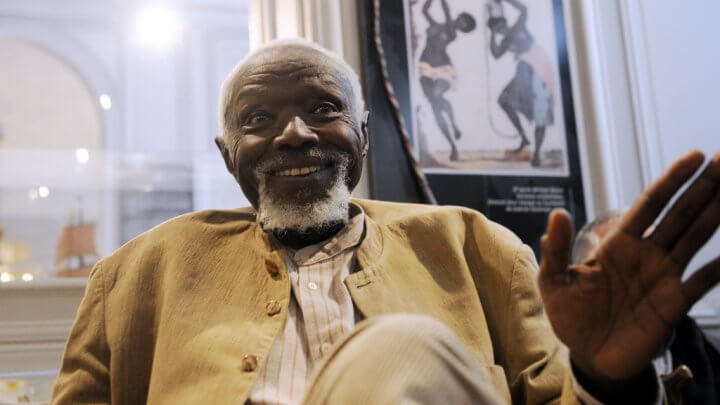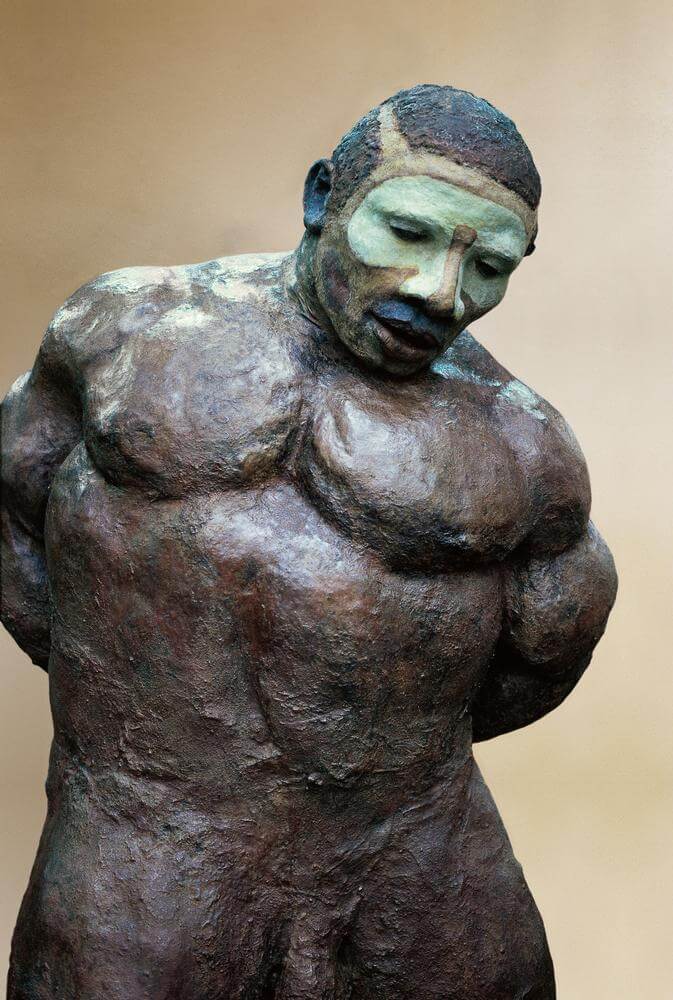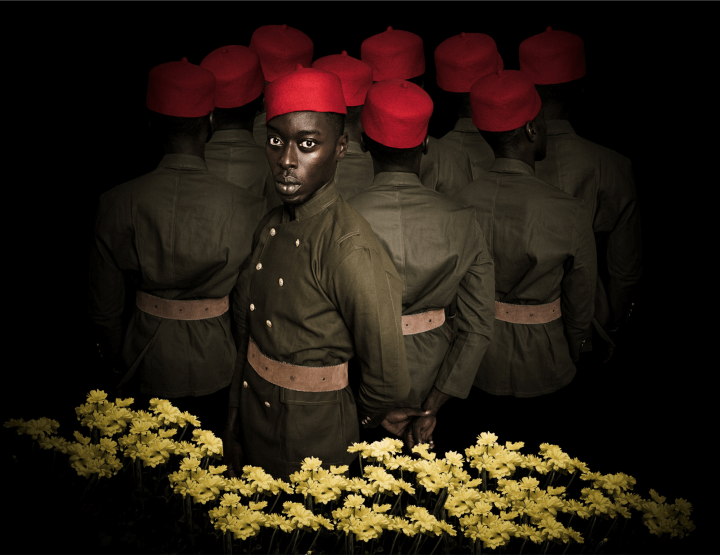Senegalese sculptor Ousmane Sow, a renowned sculptor and luminary figure of contemporary African art died early Thursday morning at the age of 81, in Dakar.
“He takes with him the dreams and the plans that his body, too tired, did not wish to follow,” Mr. Sow’s family told Agence France-Presse.
Born in the Senegalese capital of Dakar in 1935, Mr. Sow held his first exhibition in 1987 in the Senegalese capital – his hometown – organized by the French cultural center and was one of Francophone Africa’s most prominent artists who was known for sculpting his imposing creations without the use of a model.
Having spent most of his adult life between Dakar and Paris, where he first moved when he was 22, he found odd jobs in the French capital and sought overnight shelter at police stations and hospitals, apparently in exchange for fresh bread in the morning. He enrolled at a physiotherapy school, which provided him with good knowledge of human anatomy and would also spend hours at Parisian museums, where he’d look at the works of sculptors such as Rodin and Matisse.
When he would visit his home country, Mr. Sow would model sculptures with the use of stones on the beaches of Dakar where his love for sculpture could first be seen. In Paris, Sow’s work caught the eye of his teacher and one of his sculptures was even displayed in class.
Inspired by the photographs of German film director Leni Riefenstahl, his most recognized work was a series of life-size sculptures of Nuba wrestlers which drew inspiration from this. Amongst his vast collection of work, the artist completed sculptures of the Maasai, in Kenya and Tanzania, as well as the Zulu of South Africa.
Mr. Sow returned to Dakar in 1960 following Senegal’s independence from France and later held his first exhibition but this did not result in instant fame as it would be decades before he would gain recognition in France.
Recognition did however finally come when the artist captured the attention of Europe in 1999, when his giant sculptures of wrestlers were exhibited on the famed Pont des Arts bridge near the Louvre Museum in Paris.
In 2013, he later moved all the work he still owned to a museum in Senegal, including “Great Men,” which featured historical figures such as Charles de Gaulle and Mandela. Sculptures of Martin Luther King, Muhammad Ali and Gandhi would be included in his gallery of men who “helped me not despair of mankind,” he told AFP at the time.
Of his Mandela sculpture, Mr. Sow said that “he extends his hand to keep corrupt African heads of state at bay”.
In that same year, the sculptor was elected to the prestigious Academy – one of France’s five creative academies – to later become the first African artist admitted to France’s prestigious Académie des Beaux-Arts (French Academy of Fine Arts). He dedicated the honour to “all of Africa, its diaspora and the great man who has just left us, Nelson Mandela”.
He also paid tribute to his late countryman, Senegalese writer Léopold Sédar Senghor, who was the first African to be elected to the Académie française (France’s academy of French language) in 1983.
Senegalese Minister for Culture Mgabnick Ndiaye said that Sow’s passing was “a very great loss for Senegalese and African sculpture” and that “the works of art that he exhibited worldwide show that he was a giant of culture.”
His sculptures have been displayed across the globe, including 1992’s edition of documenta IX, which takes place once every five years, and the Whitney Museum in New York.
You shall be missed Mr Ousmane Sow. May your should rest in eternal peace.






Leave a reply